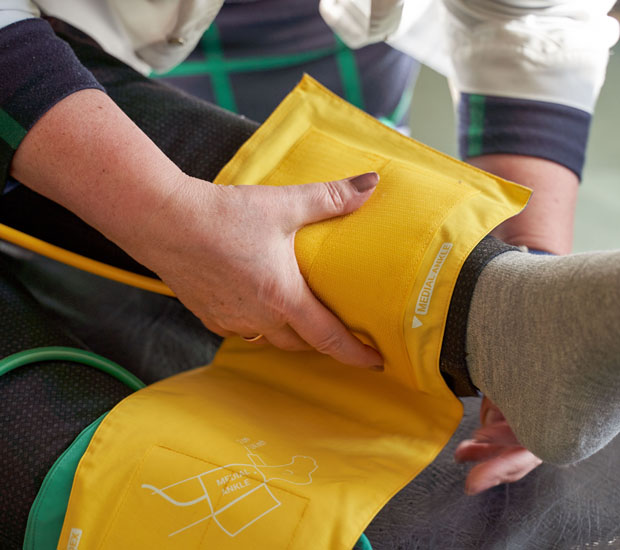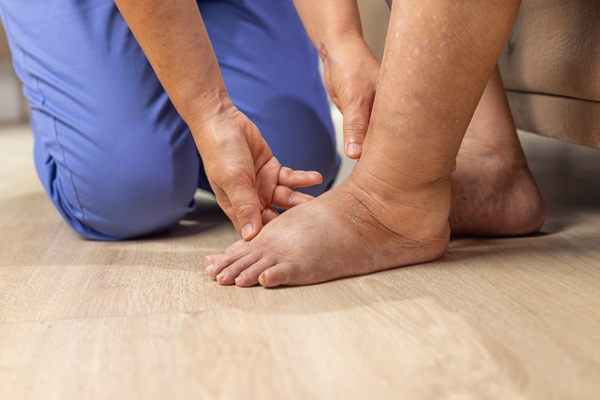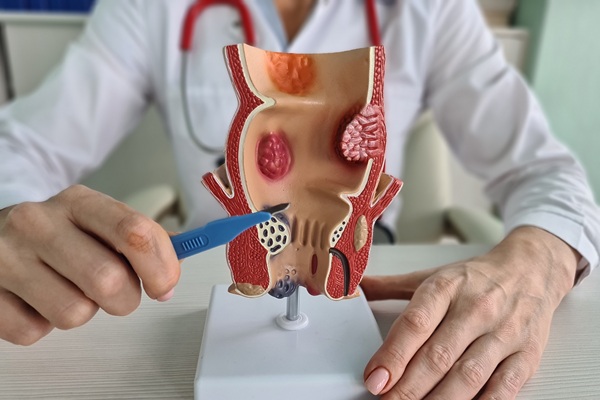Peripheral Arterial Disease TreatmentOrange, CA
Peripheral arterial disease (PAD) is a condition that affects the arteries of the legs. A person with PAD may have claudication (pain in the legs after walking), ulcers on the lower extremities, and a high risk of amputation due to poor circulation. If not caught in time, PAD may progress to chronic limb-threatening ischemia. In turn, this can lead to irreversible results.
Vascular and Interventional Specialists of Orange County is an internationally renowned center for PAD management. To schedule an appointment or learn more about our services, call us at 714-598-1194.
What is Peripheral Arterial Disease?
Peripheral arterial disease (PAD), or peripheral vascular disease (PVD), is a narrowing of the arteries that carry blood to the legs, arms, and other body parts. It can lead to pain, disability, and sometimes death if it is not treated properly. The results can be irreversible in its most advanced stage, known as chronic limb-threatening ischemia.
Chronic limb-threatening ischemia (CLTI), also known as critical limb ischemia, is a progressive condition that can lead to a stroke, heart attack, and amputation if not treated properly. It is characterized by narrowing major arteries in the leg, which prevents adequate blood flow to the limbs. This condition can also result from atherosclerosis or an arterial embolism (blood clots).
Patients can seek professional help and treatment by identifying the signs and symptoms.
Check out what others are saying about our Peripheral Arterial Disease Treatment services on Yelp: Peripheral Arterial Disease Treatment Orange
Signs and Symptoms of PAD
Some people with PAD do not experience symptoms until they have a symptom-triggered event like a heart attack or stroke. PAD symptoms are similar to other conditions, such as poor circulation and swollen legs. These symptoms include:
- Leg pain
- Leg ulcers
- Swollen limbs
- Brittle toenails
- Numbness or tingling in the legs
- Coldness in the legs
- Poor circulation in the legs
- Heavy sweating in either foot with no apparent cause
- Paresthesia (the feeling of electricity running down the legs)
Other symptoms may include bright red skin on the lower legs caused by the pooling of the blood in the patient’s feet when standing up after sitting for long periods. This can happen if there is reduced flow through an artery in one leg because it has become narrow due to atherosclerosis. Atherosclerosis happens when fatty deposits build up inside the arteries, making them more narrow and harder for blood to flow through them properly.
Causes of PAD
PAD can have numerous causes, the most common being atherosclerosis, cholesterol buildup, and other substances in the blood vessels. This buildup narrows or blocks the arteries and reduces the flow to vital organs and tissues. Atherosclerosclerosis can also cause blood clots to form, leading to a heart attack or stroke.
Other factors that may lead to PAD include smoking, diabetes, and high blood pressure. If a patient has one of these pre-existing conditions, they should watch for any changes in their health or symptoms. Our team can help to identify any warning signs of PAD or other health issues, recommending the most effective course of action.
What to expect during an appointment
When patients schedule an appointment at our center, they will immediately be paired with one of our vascular specialists. The specialist will evaluate the patient’s symptoms, medical history, and physical health during the first appointment. From there, the specialist may run one or more of the following tests:
- Blood test to check for underlying conditions such as high blood pressure and cholesterol
- Ankle-brachial index (ABI) measures how well the arteries work by comparing the blood pressure of a patient’s ankle and arm
- Ultrasound of the legs and feet to identify any narrowing or blockages
- Angiography is the injection of a contrast dye into the arm or leg vein to help see small blood vessels on an X-ray when taking pictures of the arteries
After obtaining the patient’s test results, we will advise them on whether they have PAD or chronic limb-threatening ischemia (reduced blood supply to the limbs), the stage of the condition, and an effective treatment plan.
Treatment Options
Since we are a high-volume center for complex PAD and chronic limb-threatening ischemia, we offer patients several treatment options. Our vascular doctors and specialists will determine the most effective treatment for patients based on their symptoms, overall physical health, and medical history.
To help manage PAD symptoms, a specialist may prescribe the patient medications such as ACE inhibitors and ARBs to lower blood pressure. In turn, this can help prevent further narrowing of the arteries. In addition, injections of medications like statins into the legs may also reduce cholesterol levels and the risk of heart attacks and strokes by improving blood flow through narrowed arteries.
Surgery may be recommended if there is an acute problem with the patient’s leg circulation (e.g., critical limb ischemia) or less invasive treatment options do not have the desired effect. The procedure may involve removing plaque buildup at an opening in the artery (angioplasty), replacing damaged tissue with synthetic material, known as stents, or bypassing blocked areas for oxygenated blood vessels to reach other parts of the body (autologous vein bypass graft).
Angioplasty, also known as percutaneous coronary interventions (PCIs), can help hold open an artery if it is too narrow (stenosis) by expanding the walls of the vessel so that blood can flow through more easily. The stents can also open narrowed arteries that are completely blocked by clots, known as occlusions.
There are two common types of stents used in this procedure; balloon-expendable and self-expanding. While stents come in different shapes and sizes, they all work for the same purpose, to open or support weakened areas until healing occurs naturally. This process may take years for the patient to regain full functionality.
Another common surgical procedure is bypass surgery, in which the surgeon creates a detour for the blood to flow, even in a narrow coronary artery. This can help increase blood flow to the heart. Other surgical procedures may include balloon angioplasty, laser ablation, and endovascular procedures.
Frequently Asked Questions
Will my insurance cover treatment?
This depends on your treatment plan and coverage. We invite you to call our office to discuss finance options. We can review the various insurance companies we accept and help guide patients on the path toward necessary treatment.
How do I know if I have PAD and not another condition?
PAD must be diagnosed by one of our vascular specialists. We will conduct a few tests during your appointment to confirm a diagnosis. Since some conditions have similar symptoms, seeking professional medical advice is crucial, and not trying to self-diagnose a condition at home. Afterward, we will then craft a treatment plan.
What if I need an amputation or am an amputee?
We are a high-volume center for the management of complex PAD and CLTI. Our center is involved in multiple prior and current clinical trials in the PAD space. Therefore, our highly skilled team of vascular specialists, vascular surgeons, interventional radiologists, and physician assistants are capable of providing you with the care needed for your condition.
How long can I wait to receive my procedure after learning of a PAD diagnosis?
Not too long. It is important to have a procedure before PAD causes potential permanent disabilities or even fatality. One of our vascular specialists will advise you on the condition’s stage, potential risks, and a treatment option time frame. If you experience any concerning symptoms, call us to schedule a consultation before the condition worsens.
How soon after can I resume my normal activities?
This depends on your unique case. We will consider the procedure you received, your medical history, the healing process, and more. We will advise you before leaving our center and when you return for a follow-up appointment.
Call Us Today
Remember that prevention is a beneficial course of action, so if you or a loved one is experiencing any of these risk factors or symptoms, do not hesitate to reach out to our highly-skilled specialists. For more information about our treatment options, contact our office at 714-598-1194 to schedule an appointment today
Vascular & Interventional Specialists of Orange County is located at 1010 W La Veta Ave Suite 320 Orange, CA 92868.





